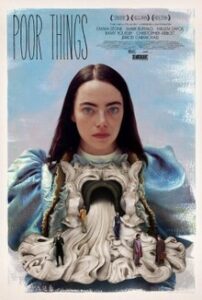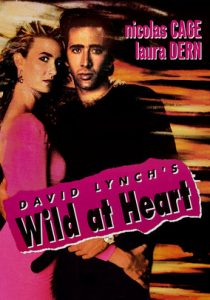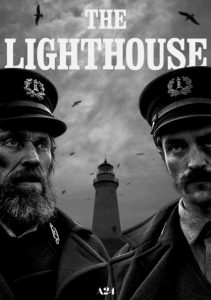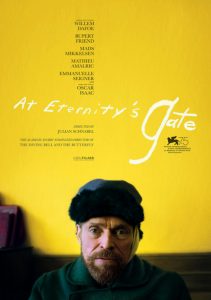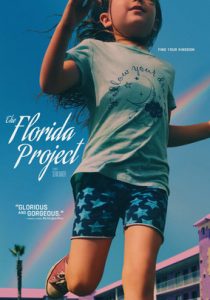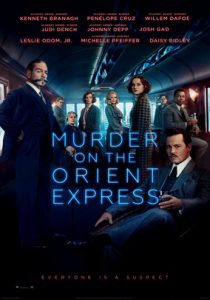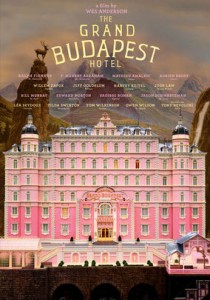Poor Things-2023
Director Yorgos Lanthimos
Starring Emma Stone, Mark Ruffalo, Willem Dafoe
Top 250 Films #244
Scott’s Review #1,413
Reviewed December 27, 2023
Grade: A
Yorgos Lanthimos is a peculiar director and the suggestion is for potential viewers to be familiar with his work before seeing his latest film release, Poor Things (2023).
I’ve said recently that other directors like Alexander Payne, Todd Haynes, Quentin Tarantino, and Martin Scorcese can easily be added to this list with a style not for everyone but that Cinemaphiles will salivate for style and texture alone.
Anyone who has seen Lanthimos’s Dogtooth (2009) or The Lobster (2016) will know exactly what I mean.
With Poor Things, he hits a grand slam home run that might garner him some Academy Awards in what can be arguably classified as his most progressive film.
Mentions like the art direction, cinematography, set design, and fantastic performance by Emma Stone must be immediately celebrated and called out as highlights.
The film is hardly mainstream or conventional and way out there channeling a parallel to Frankenstein with frightening and gothic sets and sequences galore.
All with a twisted and refreshing feminist quality.
Ultimately, I was satisfied with the knowledge that I had witnessed a cinematic marvel that encourages repeated viewings.
During the nineteenth century in London, England, Bella Baxter (Stone), is a young woman brought back to life by the brilliant and unorthodox scientist Dr. Godwin Baxter (Willem Dafoe) who is referred to as ‘god’.
He inserts the tender brain of the baby she was carrying when she leaped from a bridge to her death suicide style.
Under Baxter’s protection and supervision, Bella is eager to learn but acts like a toddler with limited speech and motor skills. She teeters around smashing plates with gleeful joy as she discovers her surroundings.
With superior intelligence and a hunger for the worldliness she is lacking, Bella runs off with Duncan Wedderburn (Mark Ruffalo), a slick and horny lawyer, on a whirlwind adventure across the continents from Lisbon, Portugal to Paris, France, and back to London.
Free from the knowledge and the prejudices women of her time were forced to endure, Bella grows steadfast in her purpose to stand for equality and liberation. She challenges societal norms with her vision and determination.
I can’t think of anyone else to play the role of Bella other than Stone. With wide eyes filled with wonder, she infuses her character with comedy and wit as she asks questions many women have but never dare to utter aloud.
Especially in Victorian London.
Ruffalo is outrageous and Dafoe is hideously stoic. Both actors bring star quality and wacky performances in different ways.
The look of the film is to die for as Lanthimos offers a looming fairy tale set design led by cinematographer Robbie Ryan.
The European cities of Lisbon, Paris, and London are given their chapters in the film and their focus. The waterfront in Lisbon in particular resembles the real city in a gothic and foreboding way.
The hotel in Paris where Bella becomes a prostitute is regal and polished. Bella wonders aloud why the male customers get to decide which woman they want to spend time with instead of the reverse.
It’s a fair question.
Her friend and fellow prostitute introduces her to socialism while Madame Swiney (Kathryn Hunter) explains capitalism.
Finally, the musical score by Jerskin Fendrix offers shrieking classical strings mixed with haunting pizazz and perfectly timed arrangements. They promote tension and drama at just the right moments.
2023 was a fabulous year for women in cinematic terms but not so much by the United States Supreme Court but that’s another story. The bombast and box office enormity of Greta Gerwig’s Barbie is followed by Lanthimos’s celebration of the thought-provoking Poor Things.
Both elicit insightfully quirkiness that successfully bulldozes over traditional gender norms with messages that women can do whatever they set out to do which is a vital quality for young minds to be exposed to.
Oscar Nominations: 4 wins-Best Picture, Best Director-Yorgos Lanthimos, Best Actress-Emma Stone (won), Best Supporting Actor-Mark Ruffalo, Best Adapted Screenplay, Best Film Editing, Best Cinematography, Best Costume Design (won), Best Production Design (won), Best Original Score, Best Makeup and Hairstyling (won)
